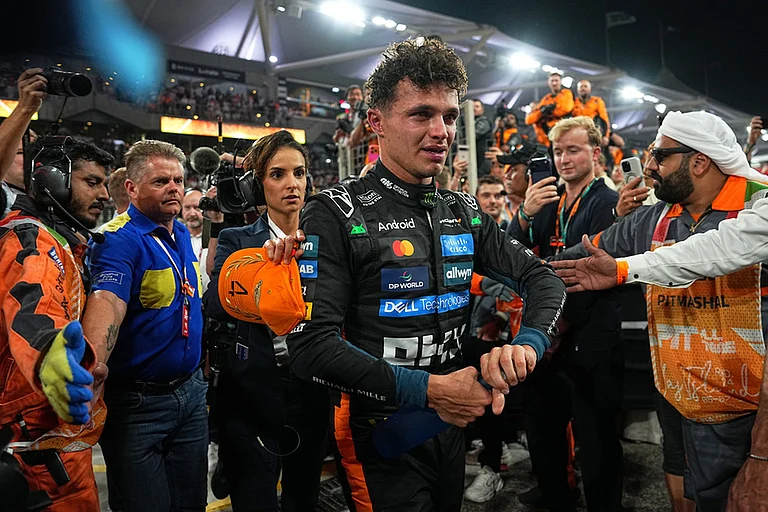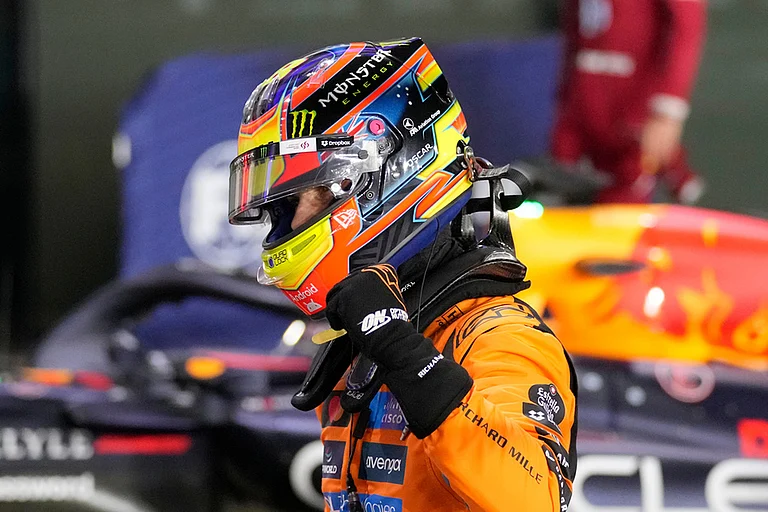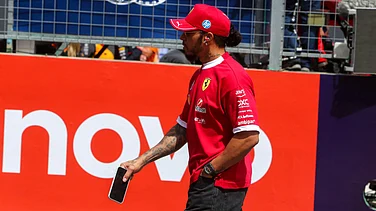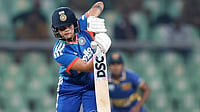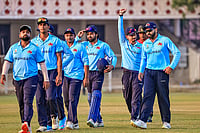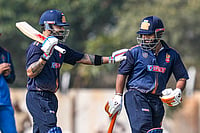
Why India’s Formula 1 access remains limited to screens despite having a world-class track.
Tax disputes and policy hurdles forced F1 out of Buddh International Circuit.
India's Motorsport finds sparks of revival through MotoGP, grassroots events, Formula E and 4 and Indian talent.
Formula 1 in India has long been visible but out of reach for fans, kept alive through streaming platforms and documentaries, yet absent from Indian soil since 2013. For three years, the roar of engines and the blur of speed brought global motorsport to Indian tarmac. Fans showed up, tuned in, wore team colours, and spoke fluent race strategy. But the momentum didn’t last, and with it faded India’s only Formula 1 circuit.
Today, Indian fans remain without a base, still waiting for the lights to go green again at the Buddh International Circuit.
The circuit offered a promising start, but tax-related hurdles, policy complications, and the lack of recognition for F1 as a legitimate sport halted its progress. Formula 1 was left navigating a system that provided little room for growth.
What remains is a track that’s structurally intact but far from its former glory, quiet, underused, and a shadow of its F1 days. Once awarded Motorsport Facility of the Year in 2011, the Buddh International Circuit no longer hosts F1, but remains a symbol of what could be reclaimed.
What Sent F1 in India Spinning Off Track?
The Indian Grand Prix had the audience, media coverage, and a spot on the FIA Formula One World Championship calendar. Held from 2011 to 2013 along the Yamuna Expressway, the race saw Germany’s Sebastian Vettel win all three editions.
The event stalled when the Uttar Pradesh government classified Formula 1 as entertainment rather than sport, which excluded it from tax exemptions. Customs duties on equipment, including engines and tyres, added further complications. Although a return was proposed in 2015 and again in 2016, the race never came back.
Because Formula 1 was not officially recognised as a sport, it also missed out on key government support, including subsidies and administrative backing, that events like the Commonwealth Games received.
After F1’s Exit, Did Indian Motorsport Stall or Shift Gears?
Though no event has matched Indian GP’s scale, Indian motorsport has continued in various forms. In 2023, the Indian Motorcycle Grand Prix brought top-tier racing back to the Buddh International Circuit. Plans for its return remain active.
Formula E held its first race in India, the Hyderabad E-Prix, in February 2023, which drew international attention and a strong local turnout. Although the 2024 edition was cancelled, discussions around its future continue.
In 2024, Srinagar hosted its first Formula 4 race, marking a milestone for motorsport in Kashmir. Meanwhile, national-level events have continued across the country, sustaining interest and participation in the sport.
The Young Drivers Flying India’s Racing Colours
The first name among drivers making headlines is Kush Maini. The 24-year-old from Bengaluru was recently announced as Alpine’s Test and Reserve Driver for the 2025 Formula 1 season, the first Indian to hold such a position in over a decade. Maini, mentored by two-time world champion Mika Hakkinen, continues to compete in Formula 2.
Shriya Lohia has emerged as India’s first female Formula 4 driver. Jehan Daruvala, a former Red Bull Junior Team driver, has consistently secured podium finishes in Formula 2. Arjun Maini, with experience in both F2 and DTM, continues to represent India on the global racing stage.
Together, these and many other drivers are strengthening India’s presence in national and international motorsport, spotlighting the country’s growing footprint on the global stage.
Racing On Screens, Waiting On Tracks
Racing continues to attract attention in India, even without a home Grand Prix. Shows like Formula 1: Drive to Survive and streaming platforms such as FanCode have kept the sport in the public eye. However, without formal recognition as a sport in India’s regulatory framework, motorsport still faces challenges related to support and funding.
While the passion among fans is evident and new talent continues to emerge, the development of the broader ecosystem, from policy support to event hosting, remains a critical factor in determining the future of Formula 1 and motorsport in India.







